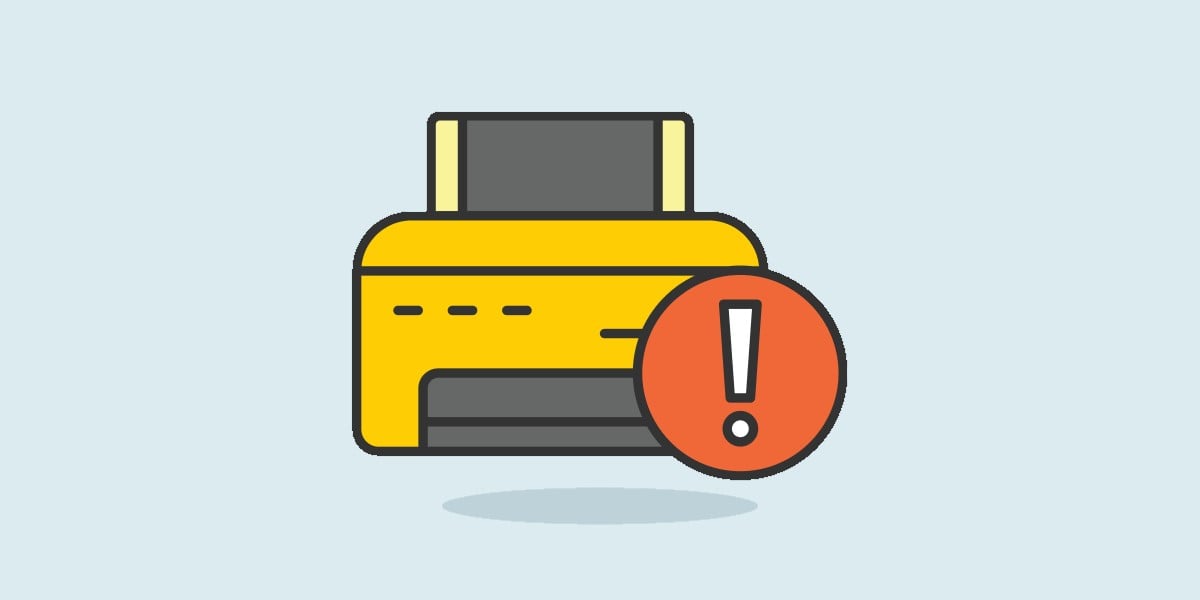The primary metallic 3D printer that can be utilized in area is to the Worldwide House Station. The Cygnus NG-20 provide mission, which is carrying the 180kg (397 lbs) printer, launched on Tuesday and is about to reach on the ISS on Thursday.
Astronaut Andreas Mogensen will set up the printer, which developed for the . The machine will then be managed and monitored from Earth.
Polymer-based 3D printers have been , however metallic 3D printing in orbit is claimed to pose a trickier problem. The machine will use a type of stainless-steel that’s usually used for water remedy and medical implants due to how effectively it resists corrosion.
After the stainless-steel wire is pushed into the printing space, the printer melts it with a laser stated to be 1,000,000 instances extra highly effective than a typical laser pointer. The printer then provides the melted metallic to the print.
The melting level of the metallic is round 1,400°C and the printer will run inside a totally sealed field. Earlier than the printer can function, it must vent its oxygen into area and change its ambiance with nitrogen. In any other case, the melted metallic would oxidize when it turned uncovered to oxygen.
Given the upper temperatures which can be employed in contrast with a plastic 3D printer (which heats to round 200°C), “the protection of the crew and the Station itself must be ensured — whereas upkeep potentialities are additionally very restricted,” ESA technical officer Rob Postema . “If profitable although, the power, conductivity and rigidity of metallic would take the potential of in-space 3D printing to new heights.”
4 take a look at prints are scheduled. The printer will replicate reference prints which were created again on Earth. The 2 variations can be in contrast to assist scientists perceive how printing high quality and efficiency differs in area. Though every print will weigh lower than 250g (8.8 ounces) and be smaller than a soda can, it should take the printer between two and 4 weeks to create every one. The printer will solely be in operation for a most of 4 hours every day, since its followers and motor are pretty loud and the ISS has noise rules.
If the experiment goes effectively, it should pave the way in which for astronauts and area businesses to print required instruments or components with out having to ship the gadgets on resupply missions. Metallic 3D printing might additionally assist with the development of a lunar base utilizing recycled supplies or (moon soil and rock). It could are available helpful for missions to Mars too.


